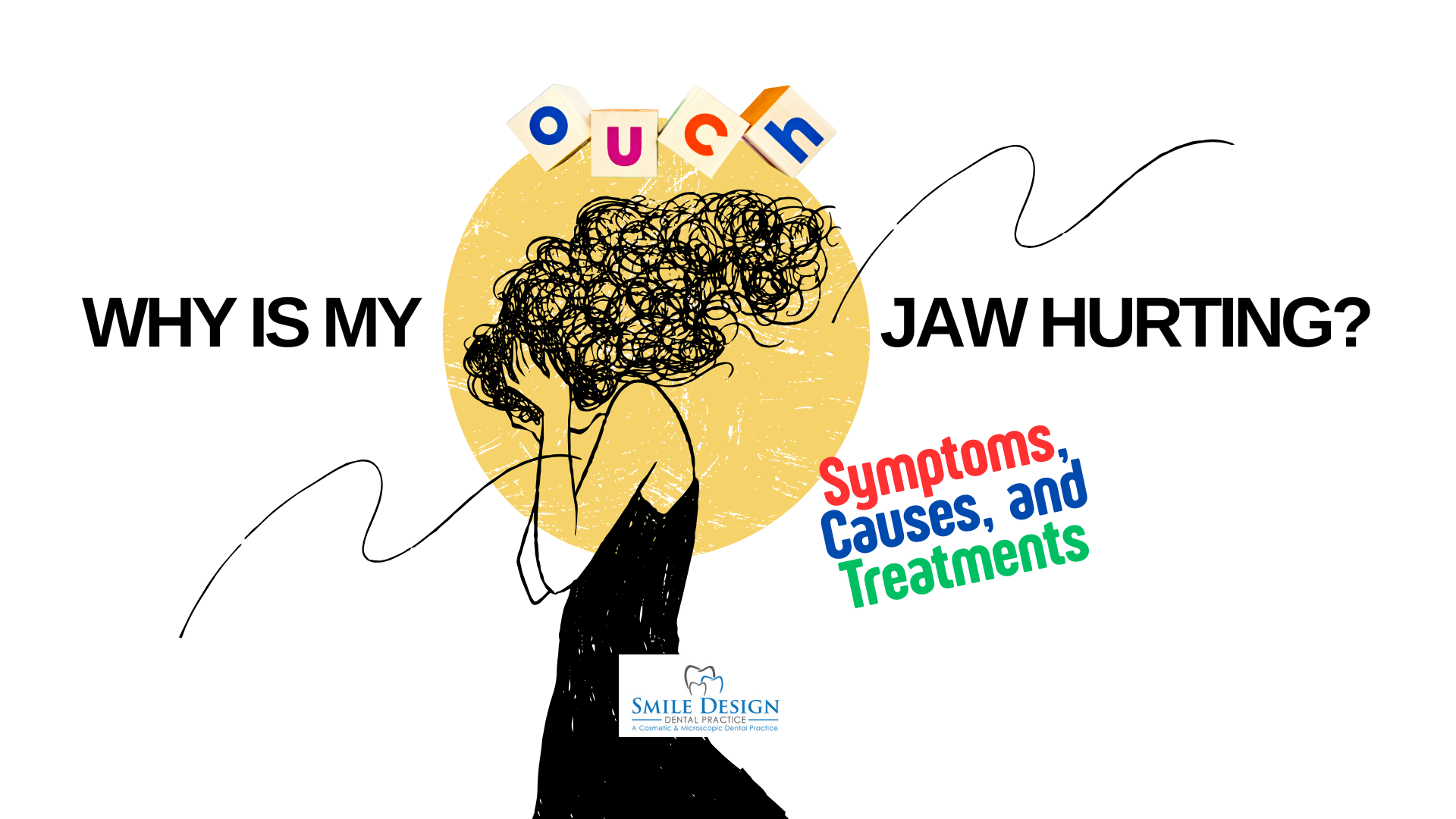Ice cube vs tooth, one of them is going to give way. But which one?
Dr Gordon Tam • December 23, 2019
It is a satisfying moment to bite on an ice cube from our drinks. Do you know what damage it may potentially cause?
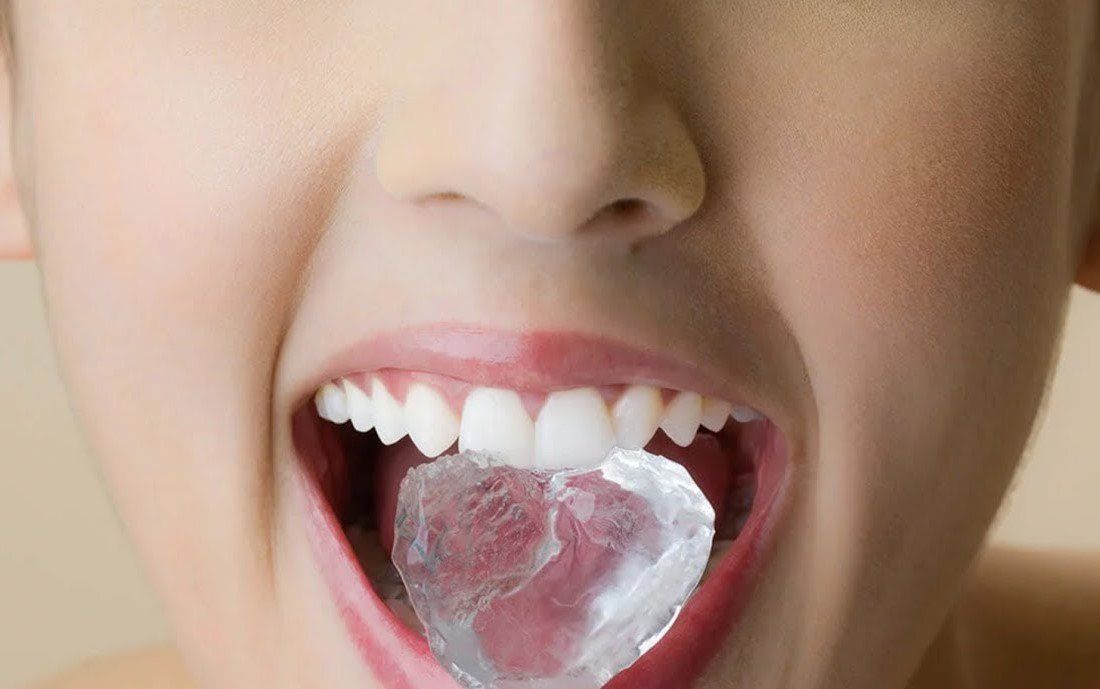
What is a tooth crack?
Tooth crack is a crack found on a tooth structure. It may start from a craze line and the crack gets deeper and bigger. Depending on how deep is the tooth crack, if the crack is deep enough to hit the nerve chamber, you may possibly feel pain when biting on it or sensitive to temperature.
Why did my tooth crack?
Tooth crack can be due to several reasons. One of the most common reasons is you bite on something hard and caused the crack.
- Biting on something hard - ice cube, hard candy, bones, nuts
- Teeth grinding - accumulative pressure exerted to the teeth subconsciously when you are sleeping. The force can be great. In this case, tooth crack may no longer be just 1 tooth but possibly on multiple teeth.
- Trauma or injury to the mouth
- Wear and tear
Can a cracked tooth heal by itself?
Unfortunately, a cracked tooth cannot heal by itself. Our teeth are one of the rare body parts that will not heal or regenerate by itself. So as we always advise you, seek dental treatments early.
Complications of a cracked tooth
- Crack goes deeper from the tooth surface to the nerve, this causes sharp pain when you bite and tooth sensitivity to hot/cold.
- Food trap and bacteria get into the crack, it is impossible for you to clean through the crack
- Gum starts to swell and bleed when the food traps for some time. You will feel gum swollen and soreness
- Tooth decay begins to develop and aggravate the tooth crack issue
- Treatment becomes more complicated as the crack deepens
- Eventually leads to loss of tooth if no or delayed treatment
Symptoms of a cracked tooth
- Sharp pain when biting
- Sensitive to temperature
- Throbbing pain
These symptoms do not go away until the problem is addressed. In some cases, most of the time, the cracked tooth needs to have a crown to replace it. However, if the crack hits the nerve, a root canal treatment is required before the crown.
On some severe cases of a crack tooth that is beyond salvage, we will propose to remove it and replace it with a dental implant.
Treatment
- Crown
- If the crack progresses and causes injury to the nerve, it will require root canal treatment, then followed by a crown
- Severe crack tooth, unable to save, need to be extracted and replaced by an implant or a dental bridge
We often hear from patients who only see a dentist when they feel pain.
During every routine dental appointment, we will conduct a round of examinations to update you with your current dental condition. With the intraoral photographs taken on every visit and checks done under a dental microscope, we are able to keep track of those teeth that are under our watch list, to make comparisons and help you to resolve your dental issues and signs of tooth cracks as early as possible.
Don’t wait till you can’t tolerate the pain. If you have signs and symptoms, do seek consultation and treatment early.
For more information and consultation, please contact Smile Design Dental Practice at +65 6463 8588.
To serve you better, we are available by Appointment Only.
Please contact us to schedule for an appointment.

Gaps between teeth, medically known as diastema, are more than a cosmetic concern for many people. These spaces can trap food particles, increase gum disease risk, and affect oral health and self-confidence. Fortunately, modern dentistry offers several effective options to address these gaps, ranging from conservative approaches to more comprehensive treatments.

Teeth grinding, clinically known as bruxism, affects millions of people worldwide. It often occurs unconsciously during sleep. This repetitive clenching and grinding can lead to significant dental damage and contribute to temporomandibular joint disorders (TMD). Fortunately, dental professionals have developed effective protective devices—night guards and occlusal splints—to combat these issues.

Tooth decay is one of the most common dental problems among children — but the great news is, it’s almost entirely preventable. Building good dental habits early helps your child maintain a healthy, confident smile and prevents painful cavities and costly treatments later. Here’s what every parent should know to keep those little teeth strong and healthy.

Did you know that even baby teeth can get cavities? “Milk bottle caries,” also known as baby bottle tooth decay, is a common dental problem that affects many young children. It usually happens when babies fall asleep with a bottle of milk or sweetened drinks. The good news is — it’s completely preventable with the proper care and habits!
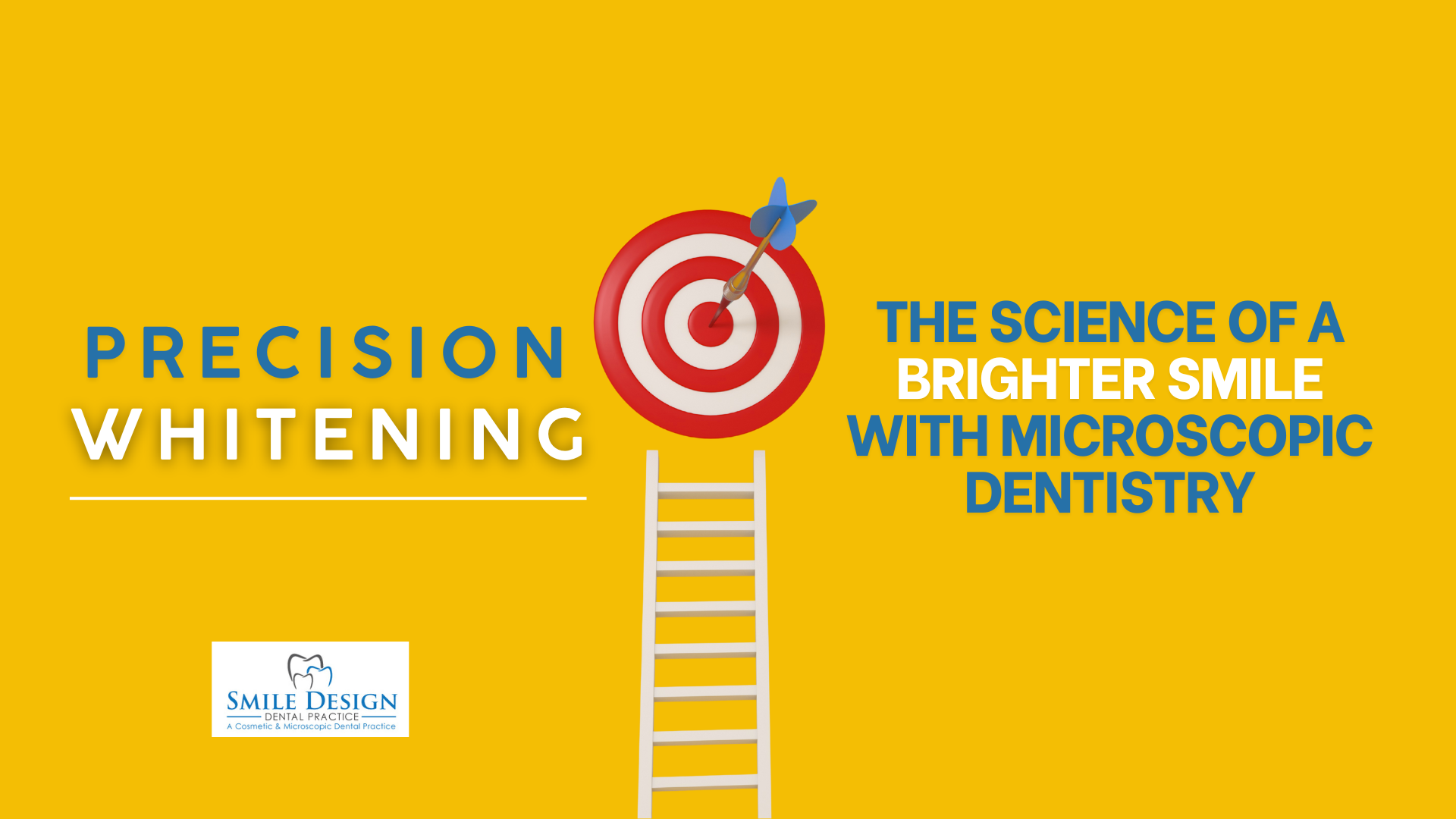
The Next Level of Teeth Whitening A radiant, confident smile starts with healthy, luminous teeth. While surface stains from coffee, tea, or ageing are common, not all whitening treatments are created equal. Microscopic dentistry takes professional teeth whitening to the next level — combining advanced technology with precision and enamel-safe care for remarkable results.
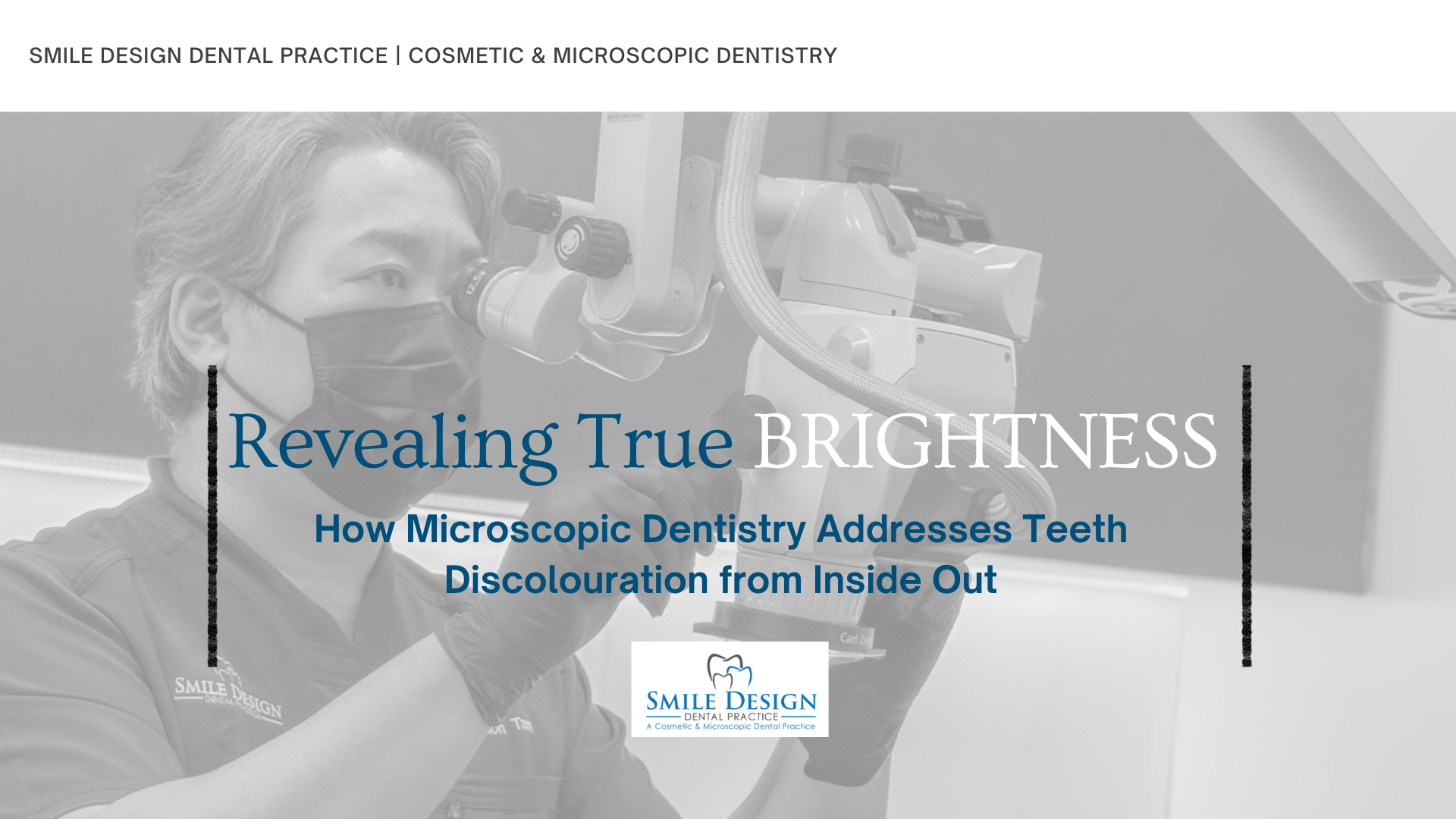
A radiant smile is more than just white teeth — it reflects precision, care, and health. Yet even with the best brushing habits, many people notice gradual discolouration that dulls their smile over time. At our clinic, we approach teeth discolouration through the lens of microscopic and aesthetic dentistry. We uncover the root cause of stains with magnified accuracy and offer targeted treatments for lasting brightness.
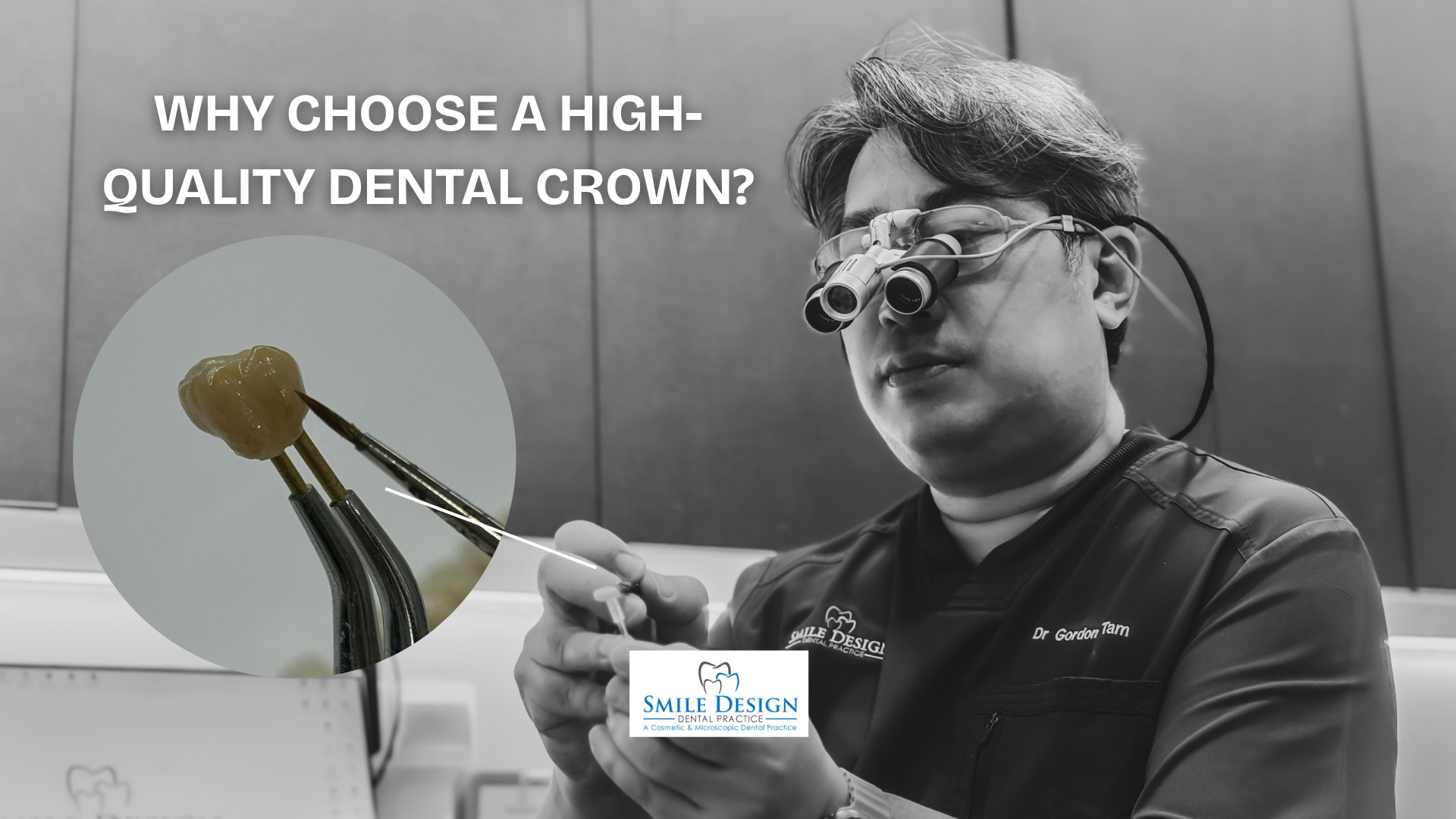
Modern crowns made from zirconia oxide look and feel like real teeth, with strength that lasts 10–15 years. At our clinic, crowns are often crafted and fitted on the same day, enhanced in our in-house lab for natural beauty. Using an operating microscope, we ensure a precise fit and a bite that feels just right. It’s not just a crown—it’s a long-term investment in your smile, comfort, and confidence. When it comes to restoring a damaged or weakened tooth, a dental crown is often the best long-term solution. But not all crowns are created equal. Advances in modern dentistry now allow patients to enjoy crowns that are stronger, more natural-looking, and fitted with precision. Here’s why choosing a high-quality dental crown is an investment in both health and confidence.

How It Helps You Get Safer and Better Dental Treatment If you’ve ever had a filling or a root canal, you may have noticed your dentist placing a small sheet over your mouth, leaving only the tooth being worked on exposed. This is called a rubber dam, and while it may look unusual at first, it’s an essential part of modern dental care. Think of it as a protective shield that makes your treatment safer, cleaner, and more comfortable.
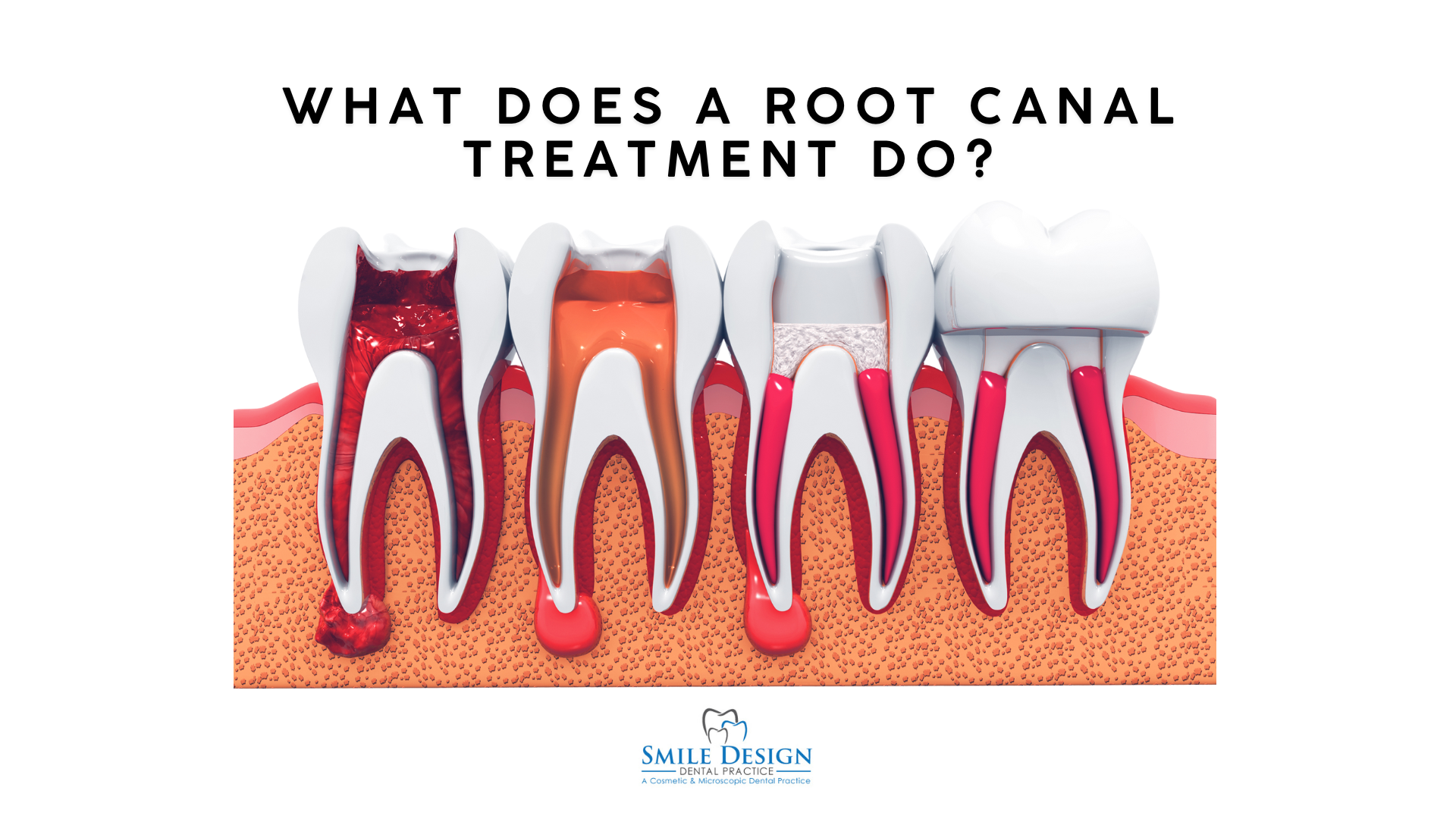
When people hear “root canal,” they often think of pain and extended dental visits. In reality, root canal treatment today is nothing like its old reputation. With the help of advanced dental technology, the procedure is now safer, more precise, and more comfortable than ever before. In fact, it is one of the most reliable ways to save a natural tooth.
